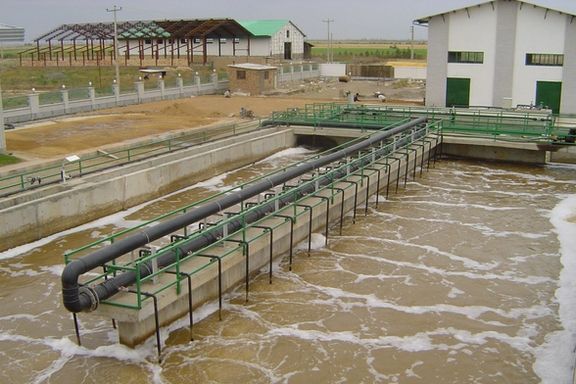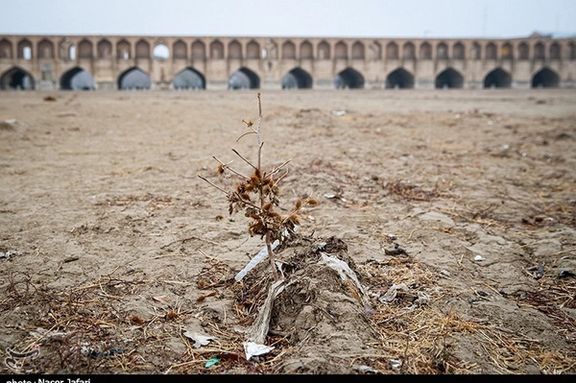Iran Plans To Offer Treated Wastewater In Trade Exchange

Strapped for both cash and water, the Iranian government plans to offer treated wastewater in the energy exchange market.

Strapped for both cash and water, the Iranian government plans to offer treated wastewater in the energy exchange market.
Mohsen Ardakani, the head of Tehran's water and sewage management, said plans would begin in the coming months but did not elaborate on the mechanism of trade or how the wastewater will be distributed to buyers and consumers.
Dozens of developed countries treat almost all domestic sewage and deliver the treated water to agricultural and industrial sectors. However, the nominal capacity of Iran’s sewage treatment plants is only 5.8 million cubic meters per day, which means that if all of them work at full capacity all year long, they are only able to turn 2.1 billion cubic meters of sewage into treated wastewater, which is less than a quarter of the country’s household water consumption. This means most of the clean water consumed is not treated to be recycled.
Moreover, a quarter of drinking water in the domestic sector is wasted through the distribution and transmission process due to the country's worn-out network. However, according to Ardakani, there are 35 laboratories in Tehran that test water, claiming the distributed water is on par with national and global standards.

All these factors on the backdrop of a drought and low precipitation in the country have led to a severe water crisis in Iran, with regular water cuts and rationing in several cities as well as the capital.
Rainfall in Tehran has decreased by five percent compared to the previous year, and currently the volume of water reserves in dams is down by 40 percent compared to last Iranian year (ended on March 19).
Earlier this week, Mehdi Zare, Professor of the International Research Institute of Seismology, said within the past 25 years almost 25 million Iranians have been displaced amid water scarcity worries. “There are about 12 million marginalized people in Iran, and almost 10 million of this population are directly facing problems caused by the water crisis,” he added.
Water issues have been the main topic of President Ebrahim Raisi’s visits to Iranian provinces in recent months, taking him to Sistan-Baluchestan, Kerman and Khuzestan provinces that have very little clean water and temperature as high as 51 degrees (about 124 in Fahrenheit).
Iranian Energy Minister Ali-Akbar Mehrabian, who was accompanying Raisi in his trip to the central province of Kerman, said last week that at least 10,000 villages in Iran are without drinking water, with about 670 people in Kerman province facing “serious” water scarcity.
Last month, the water was also out in the capital Tehran for several days with tankers distributing water to residents.
In January, CEO of Iran Water and Wastewater Company, Atabak Jafari, issued a warning saying that 270 cities and towns are suffering from acute water shortage as water levels at dams have dropped to critically low levels.
As drought persists across Iran, more underground water is exploited for irrigation, depleting natural reservoirs formed during thousands of years. Old and unregulated irrigation methods, as well as an aging urban water distribution infrastructure compound the shortage.
An inefficient agricultural sector, overgrazing of rangelands and forests, aggressive over-extraction of groundwater resources, and the regime’s mismanagement are among the main causes of water bankruptcy in Iran.
In recent years, massive protests have occurred in several cities against government mismanagement of water resources, harmful dam building, and politically motivated diversion of rivers that have devastated agriculture and drinking water sources in many areas.

In July 2021, water protests erupted in several cities in the oil-rich Khuzestan province that ended with the forceful intervention of police and the Revolutionary Guards. More than ten people were killed and hundreds detained during the protests that lasted a week.
In November of the same year, thousands protested in Esfahan over lack of water for agriculture where the iconic Zayandeh-Roud river has turned into a dry bed over the past few years. The protests soon turned into anti-government unrest.
Head of Esfahan’s crisis management headquarters said Monday that trees along the Zayandeh-Roud river – which starts in the Zagros Mountains are withering out of season.